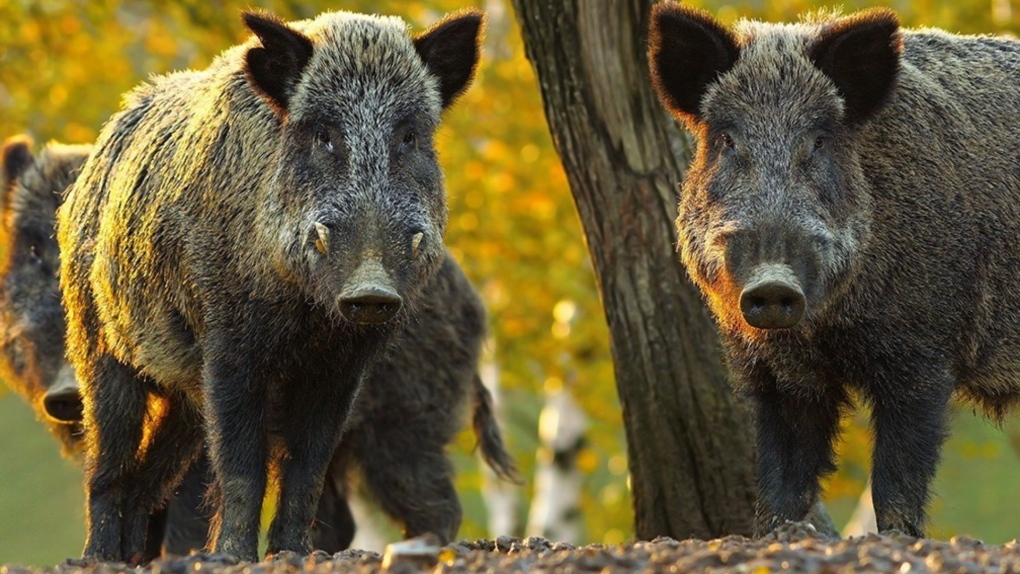Feral “super pigs” threaten U.S. invasion
The invasive population is set to explode across Canada

Canada’s population of “super pigs,” often described as one of the most invasive large mammals on the planet, is set to rise significantly. The breed of short-tusked wild boar—a uniquely North American hybrid of the traditional farmyard pig and the European wild boar—is known for its enormous size, large litters, and ability to adapt to harsh environments.
The sheer size of adult super pigs, usually upwards of 275 kg (600 lb)—almost the weight of two adult pandas—necessitates a high food consumption. As a result, the feral hogs have proven to be ecologically harmful, with the potential to cause soil erosion, destroy crops, and degrade water quality.
As well as preying on small animals, the pigs have been known to tear up the ground to access roots and insect larvae. Ryan Brook, a professor studying the feral hogs with the University of Saskatchewan, says such behaviour is akin to “someone going with a rotary tiller over the ground. It leaves a huge mess, but also creates opportunities for new invasive plants to move in and takes many, many years to recover from.”
While the super pigs are largely found in Alberta, Saskatchewan, and Manitoba, their population size is growing rapidly throughout Canada. Their numbers are predicted to creep into U.S. territory, where super pigs already cause an estimated C$3.3 billion (US$2.5 billion) in damage to crops every year.


